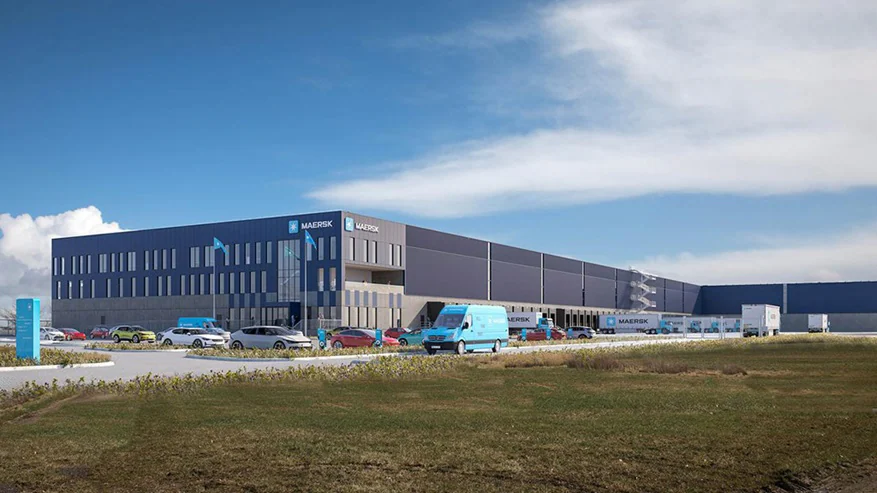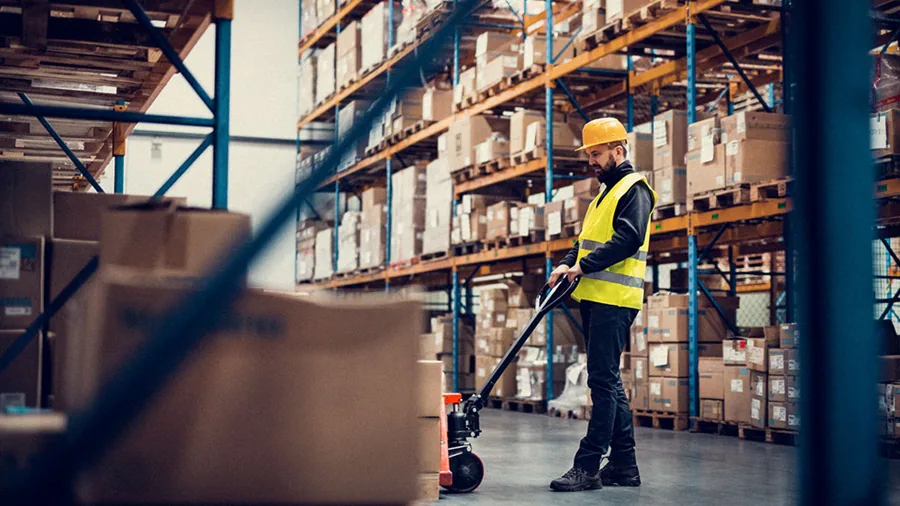
Integrating Ireland Supply Chains through Maersk’s Dublin Warehouse Campus
DUBLIN : The Republic of Ireland has undoubtedly undergone a remarkable transformation over the past few decades. Until the early 1970s, Ireland was among the poorest countries in Europe in terms of GDP, with a level of political, social and industrial unrest that promised very little to its three million population.
Joining the European Union in 1973 certainly opened Ireland’s doors to global markets, but it wasn’t until the mid-1990s that the country’s economy experienced a real boom. With a skilled, young workforce and low corporation tax rates, Ireland attracted foreign investment from a number of multinational companies, including the likes of Google and Microsoft.
Since then, it’s very much been a one-way trajectory. In fact, the Irish economy grew at an average annual rate of 9.4% between 1995 and 2000, with overall GDP rising by a significant 229% between 1987 and 2007. Foreign companies and their investments played a fundamental role in such a surge, with as much as 48% of Ireland’s economic growth between 2013 and 2021 coming from overseas.
Now in 2024, it’s safe to say that Ireland’s economy is continuing to boom and fast-becoming one of the most competitive in Europe. And as so many companies are identifying Ireland as an ideal location to do business in as a gateway to the EU, it’s showing no signs of slowing down – GDP is forecast to keep increasing annually by between 2.65% and 3.35% until 2028.
More business, more storage
With a growing market has come challenges that need to be addressed, including within the world of logistics. More goods entering and leaving Ireland meant a more diverse transport structure and network needed to be implemented to get products to market, while warehousing and storage solutions have also vastly increased in more recent years.
According to Statista, warehousing and storage revenue in Ireland grew from $1.5 billion in 2008 to an estimated 2.5 billion in 2018 – representing a significant increase of 67% in just 10 years.
For Maersk, more customers requiring storage solutions in Ireland saw the company increase its offering in Dublin with the launch of a new warehousing campus in 2023, comprising two facilities and a combined 250,000 sq ft of space.
The units are focused on providing more sustainable storage (certified LEED Gold and BREEAM Excellent), with one facility being the first constructed to net-zero specifications with a glue-laminated / ‘glulam’ timber structure.
Storage itself, however, is only one piece of the puzzle, as the campus epitomises Maersk’s integrator strategy connecting Irish supply chains from end to end.
Integrated solutions across Ireland
The facilities are strategically located within Quantum Logistics Park, which is a mere 2km away from Dublin Airport – the 14th busiest airport in Europe directly serving over 180 destinations from 42 countries – and 15km from Dublin Port.
Being in such close proximity to the airport and port means that goods can move to and from distribution centres much faster to optimise speed to market. In Ireland itself, the campus’ location in Dublin also means that around 30% (1.6 million) of the Irish population can be reached within 30 minutes on the road. For the rest of Ireland, Maersk operates feeder services to and from the campus to reach customers’ end destinations via the well connected road network.

This level of integration not only simplifies supply chains from one logistics provider, but also adds flexibility in flows by enabling businesses to speed up or slow down their supply chains depending on market circumstances from one connected hub. Plus, storing goods away from Dublin Port could present cost savings on Detention and Demurrage (D&D), while still being able to reach it quickly for export.
Piecing together individual components of a supply chain can be extremely complicated, which is why we prioritise delivering the true value that comes with end-to-end logistics for our customers. Our strategically located Dublin warehouse campus has allowed us to build a fully integrated, end-to-end offering in the Irish market that provides unprecedented control, visibility and reliability through our global network of ocean, air and road. Warehousing and distribution remains a key part of the supply chain puzzle for companies worldwide, and through our Dublin warehouse campus we are able to provide full supply chain management services that drive success and enable growth in Ireland and beyond. Plus, the sustainability credentials of the state-of-the-art facilities add further benefits to customers looking to decarbonise their supply chain.
Lorraine Ryan
Strategic Sales Manager Ireland
Destination: Dublin
Ireland’s geographical location at something of a crossroads of Europe means it can serve as an ideal hub for companies looking to access the European market. Ireland’s EU membership, meanwhile, makes for more simplified customs procedures when trading with EU countries – an advantage over its neighbouring United Kingdom.

Companies therefore bring goods to Ireland from across the world via ocean services, and store them until eager markets become apparent to transport to. Should companies also wish to get time-sensitive products to market as fast as possible, they can use air freight into Dublin with Maersk partner carriers or through the company’s own controlled network via the new Heathrow Airport facility.
From Asia, for example, goods are flown from Hangzhou, China, to Billund, Denmark, before being trucked to the bonded facility at Heathrow. Here, cargo is deconsolidated and customs paperwork is prepared by the expert team to minimise the possibility of complications at the border. From there, it’s delivered to the Dublin campus as standard the next day – ensuring cargo once again reaches the right market at the right time.
Maersk’s strategy in Ireland is another prime example of its integrator vision coming to life, with the warehouse campus acting as a central point for interconnected operations across ocean, road, and air services.
Being able to effectively reach all four corners of Ireland from one hub is one thing, but being in touch with the rest of the globe from the nearby port and airport adds another string to the campus’ bow and truly connects it with the world.

